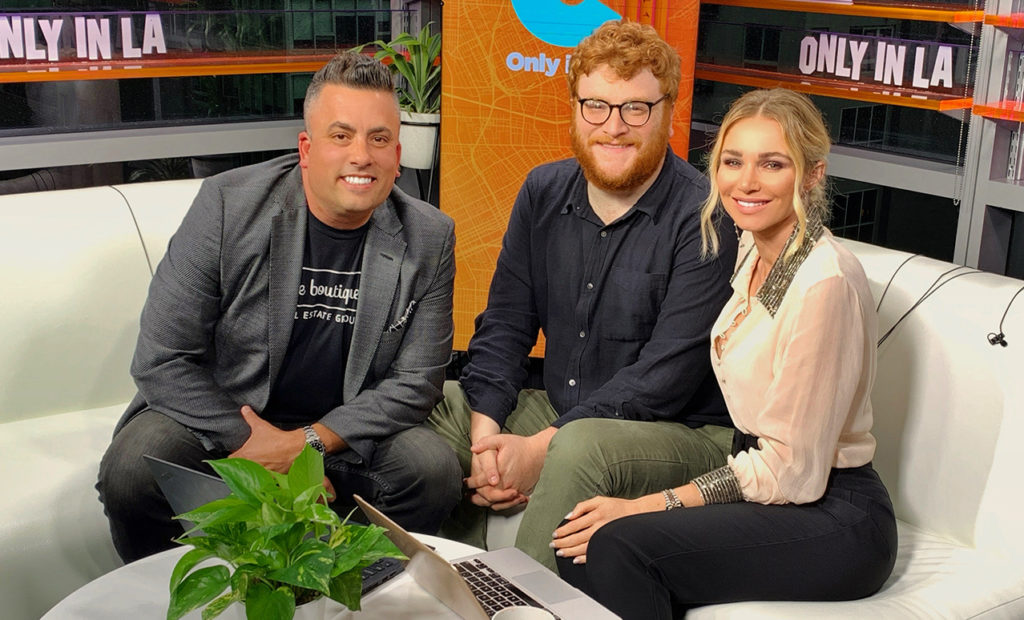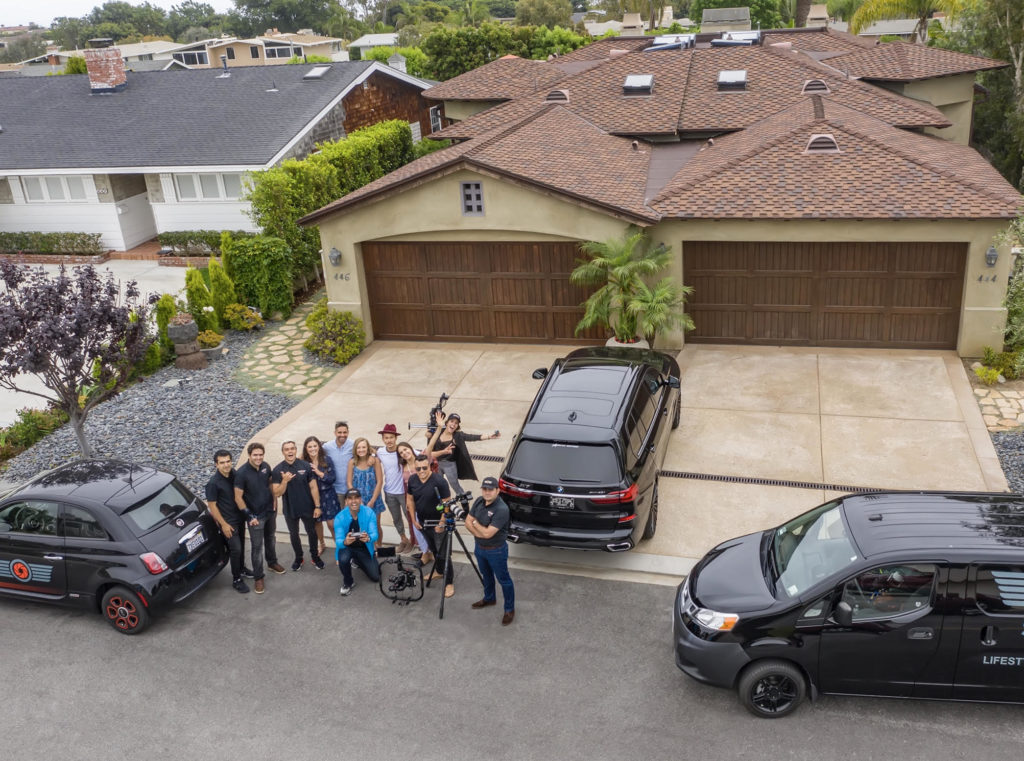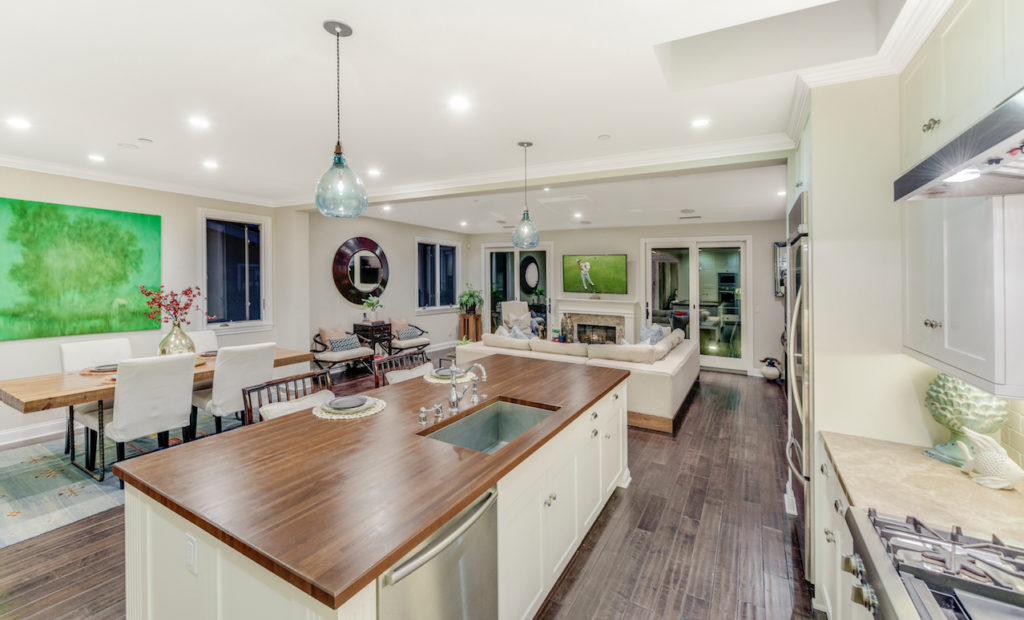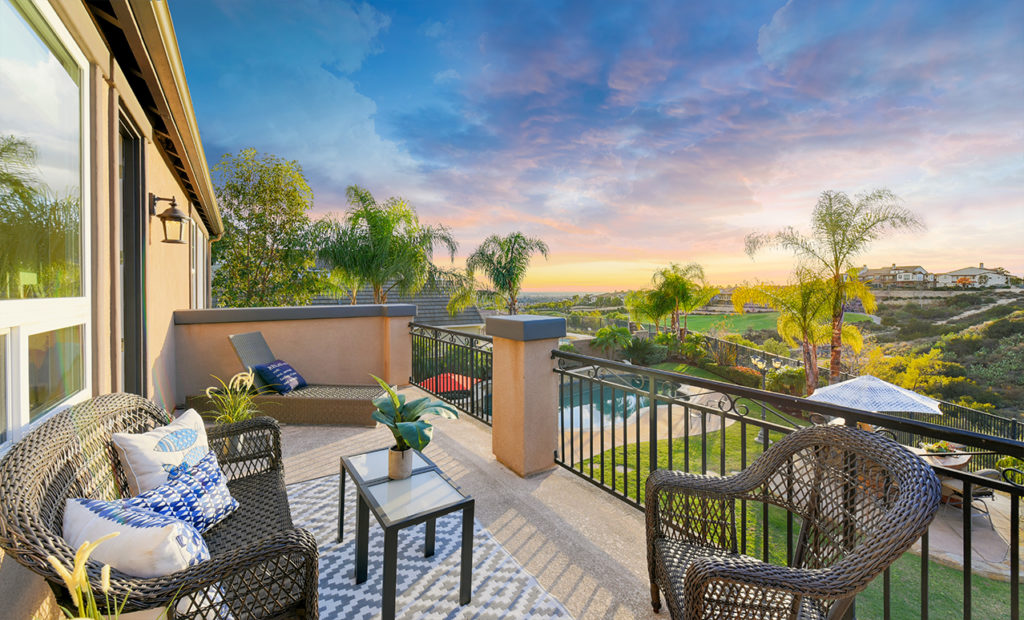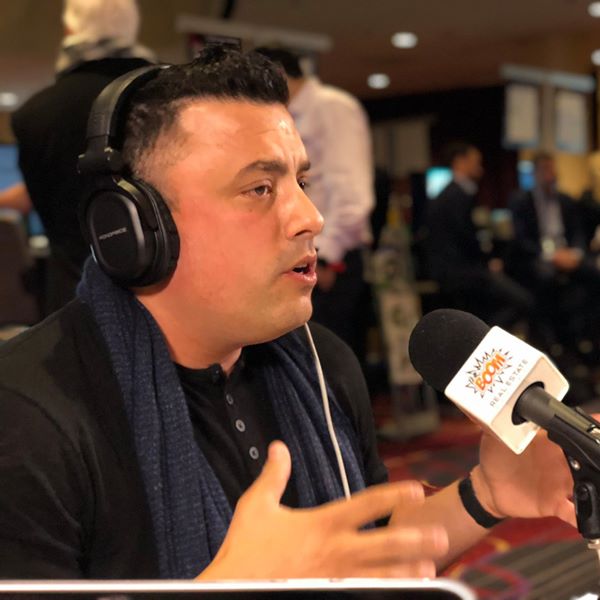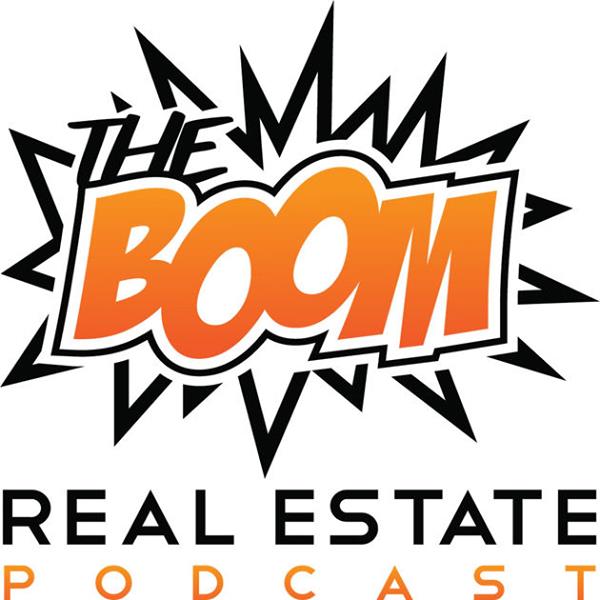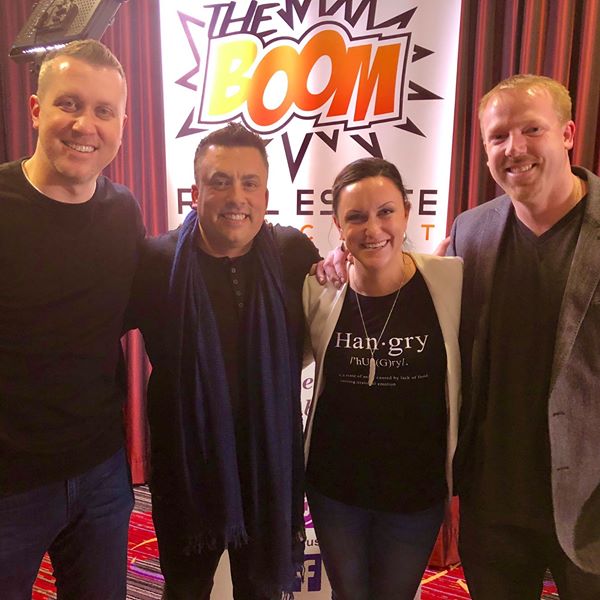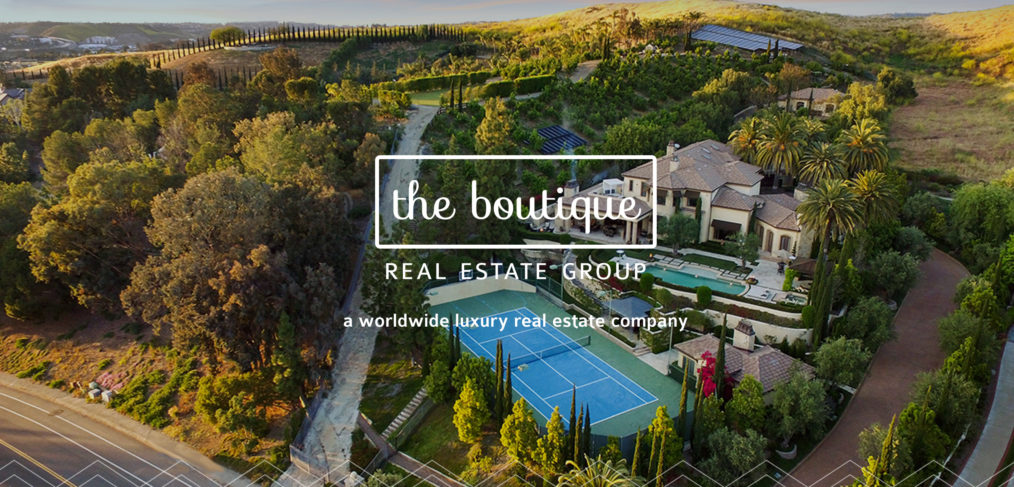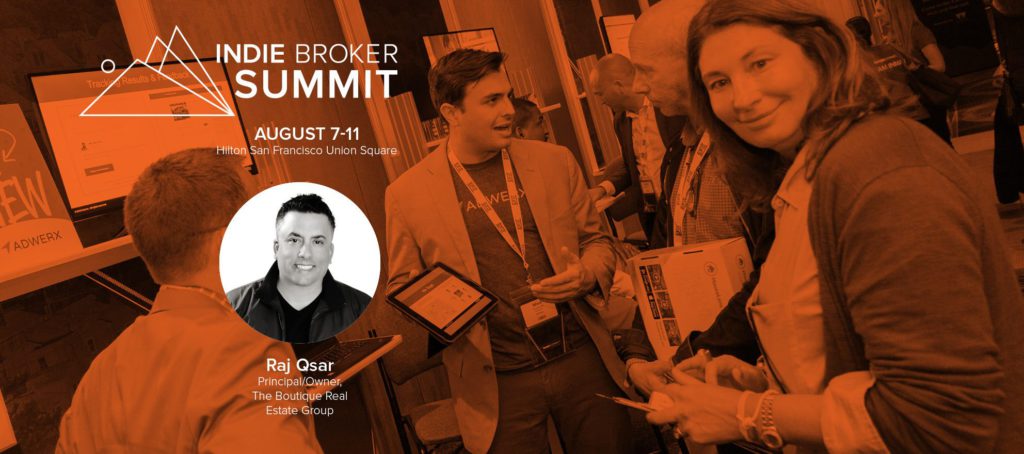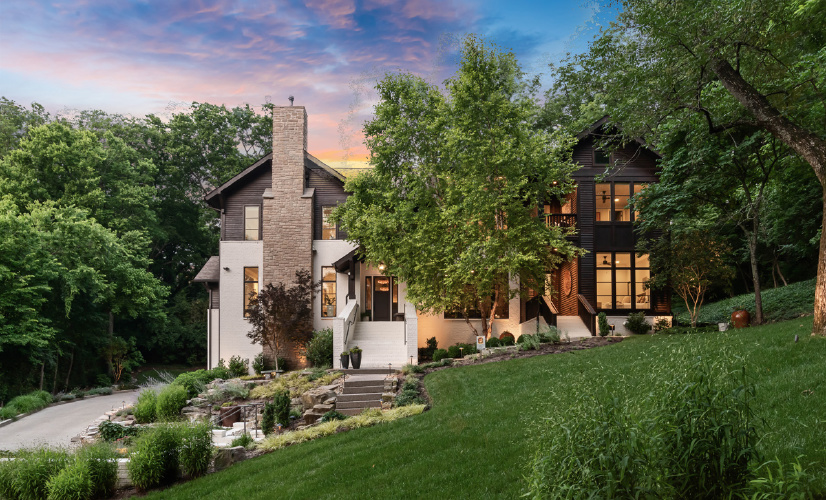In the spotlight this week: Meet Raj Qsar, the cabernet-drinking, country music-loving CEO and owner of Orange County, California’s The Boutique Real Estate Group. Find out how he creates once-in-a-lifetime marketing experiences that surprise, delight and win referrals.

BY TROY PALMQUIST (March 17, 2022)
Broker Spotlight: Raj Qsar, The Boutique Real Estate Group
Title: CEO, owner
Experience: 16 years
Location: Orange County, California
Brokerage full name: The Boutique Real Estate Group
Team size: 40 agents
Transaction sides: 200+
Sales volume: $250 million
Why Raj Qsar is in the spotlight
After starting out in medical school, Qsar made the move to real estate following a “horrible experience” with the sale of his home. Since then, he has built a business on marketing acumen, offering custom design, professional staging, architectural photography, cinematography, and even feng-shui consultations. He has been featured on CNBC, HGTV, and has been the recipient of scores of awards, including being named a Top Video Influencer on Social Media by BombBomb.
Qsar prides himself on the white-glove service he provides and it shows in his referral rate — 75 percent of The Boutique Real Estate Group’s business comes from past clients and referrals. Their least expensive sale was $20,000 while their most expensive was $20 million.
Qsar has taken the stage at some of the industry’s most prestigious real estate conferences where he speaks on the value of marketing, technology and social media. Find out more about how he maximizes the marketing experience for his clients.
Let’s start at the beginning. How did you get your start in real estate?
I went to medical school and decided to take some time off after my third year. A friend of mine was in the pharmaceutical industry and asked if I wanted to “take some time off” by working for them. They were hiring people with advanced medical degrees.
I did that for about five years before deciding to sell our first home. I hired the local real estate agent who lived on my street. It was a horrible experience. My wife said, “I could do this job and do it way better.” Hence, I sat for my exam and got my license in 2006.
What do you wish more people knew about working in real estate?
Almost eight years ago, I got a call from a friend who had a friend, who wanted to list her home. We were prepared and ready to hustle and sign a potential $1.6 million listing (listing presentation ready, CMA ready, marketing material ready, iPad charged, game face on, and ready to Boutique-ify this listing).
We showed up to this estate home, which governed 30-foot entry doors and the sweetest little lady struggles to open the door. Arms wide open, smile from ear to ear, and just so full of life. As I peer over her shoulder all I see is a baby grand piano sitting in the dining room with views of the backyard, pool and a half-acre lot.
She sat us down in her garage (where she was living — the home was about 4,000 square feet, mind you) and told us her life story. She had us in the palm of her hands. Once we wiped the tears from our eyes she gave us a tour of her home.
As we came to the dining room I asked her who played the piano? Her eyes started watering and you can see the story pouring out of her soul. She said, “My husband.” I asked, “Did he have a favorite song?” She simply said, “The Summer Wind,” by Sinatra.
I asked her if we could do a “mini-movie” in her home with someone playing that song. She said sure but had no idea what we had planned! Hence, the real estate story begins. I had the storyboard for this listing. The vision. The emotion.
We did a casting call for someone who could play the piano, sing “The Summer Wind” and do a little acting. After a few days of screening, we came across a reel of the “blonde gal” you see in the video. She also had a husband who could act and so that fit perfectly into our storyline of a surprise birthday party that she prepared for her ultra-busy husband.
The entire video is her singing “The Summer Wind” as her husband comes home, head down on his phone, and not even noticing all his family and friends in the backyard as he sees a note on the kitchen island and walks outside.
People ask me why we do what we do? Why do we take so much time, money, and thought into one single listing? Why not just do the easy thing — point, shoot, and list? Why do you do appointment-only showings?
Why are you doing a 24-page glossy booklet? Why are you staging the home? Why are you taking three days to shoot content for this home? Why are you doing a 3D tour? Why do you provide 2-dimensional floor plans?
Why did you have a crew of 5 people here? Why did you hire a drone pilot? Why are you spending money on digital ads? Why do you provide booties at the front door?
This single home recorded the highest closed sale in that city for homes of similar characteristics. The highest closing price per square foot in the entire city for the past five years. And the story told from this effort has been mentioned across the country and internationally for the past eight years.
There is literally not a week that goes by that I do not get a text, email or call asking to use this video as an example of real estate marketing. I always say, let me tell you the story of this video before you simply just play the video.
This effort gives our clients the absolute best chance for success, and it is what they deserve. Even if the average days on market is zero, you still do everything and do it right upfront.
Our clients are our clients. They are real. They have their own struggles. Treat them amazingly. Cherish them. Make them feel like they are your only clients. Create beautiful memories from the work that you do.
Capture these moments. Think bigger, and then go big. Pour your passion into everything you do. Love your team (I mean love them). You have one life so live it well.
What are 5 things you’d like readers to know about you and your brokerage?
- I am an extrovert and feed off people’s energy.
- I love wine. Especially Napa wine. Cabs are my favorite. I even have a wine account on Instagram called CounterClockwiseSwirl to showcase what I am drinking during the week. It’s all just for fun.
- I am a huge country music fan. It’s just about all I listen to.
- The idea for my company came to me at John Wayne Airport on the way to an Inman Conference. I did not tell anyone but knew I had something unique and special.
- I work out five days a week at a local Crossfit gym.
What’s one thing you wish every agent knew?
The other day someone drives by me while I was hanging a sold sign on one of our listings. They said, “Hey, don’t you have people for that?” Then they laughed and drove away.
There is a reason I still hang my own sold sign on all of my listings. It’s a constant reminder to me of how tough yet how rewarding this business can be. This industry is both physically and emotionally challenging all at the same time. It’s no wonder why 90 percent of agents don’t even make it past their first year and 80 percent do not make it to their third year in the business.
Everyone and everything in the “deal” matters. Nothing can be left to chance or luck. From our clients, our staff, our agents, every handshake, every showing, every click of a wine glass, email, text, social media post, print campaign, social strategy, websites, networking events, worldwide listing syndication, conferences, co-operating broker, lender, escrow team, inspectors, every connection we make completely matters.
No home will ever sell itself, and if someone tells you that then find someone who thinks like this. It’s been a blessing to be in this business and even more of a blessing to survive in this business for 16+ years. I have made some truly amazing lifelong friends along the way, and I am truly excited about the future.
Troy Palmquist is the founder and broker of DOORA Properties in Southern California. Follow him on Instagram or connect with him on LinkedIn.


